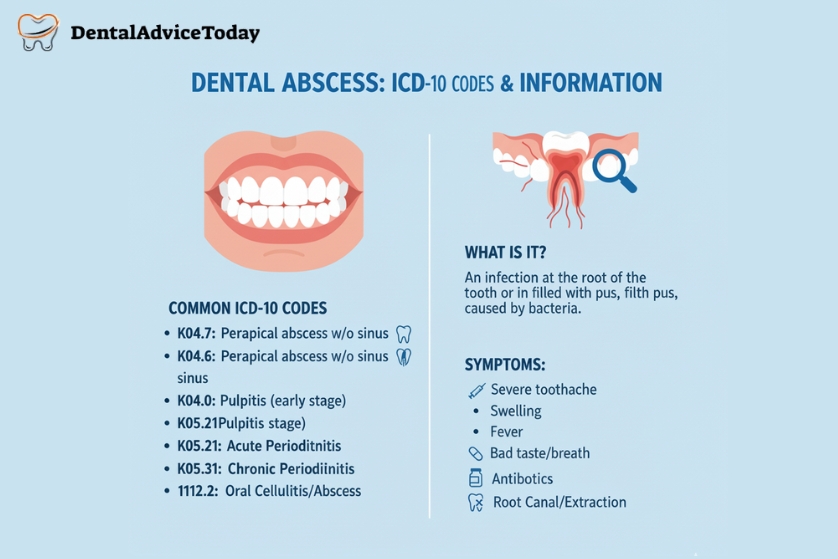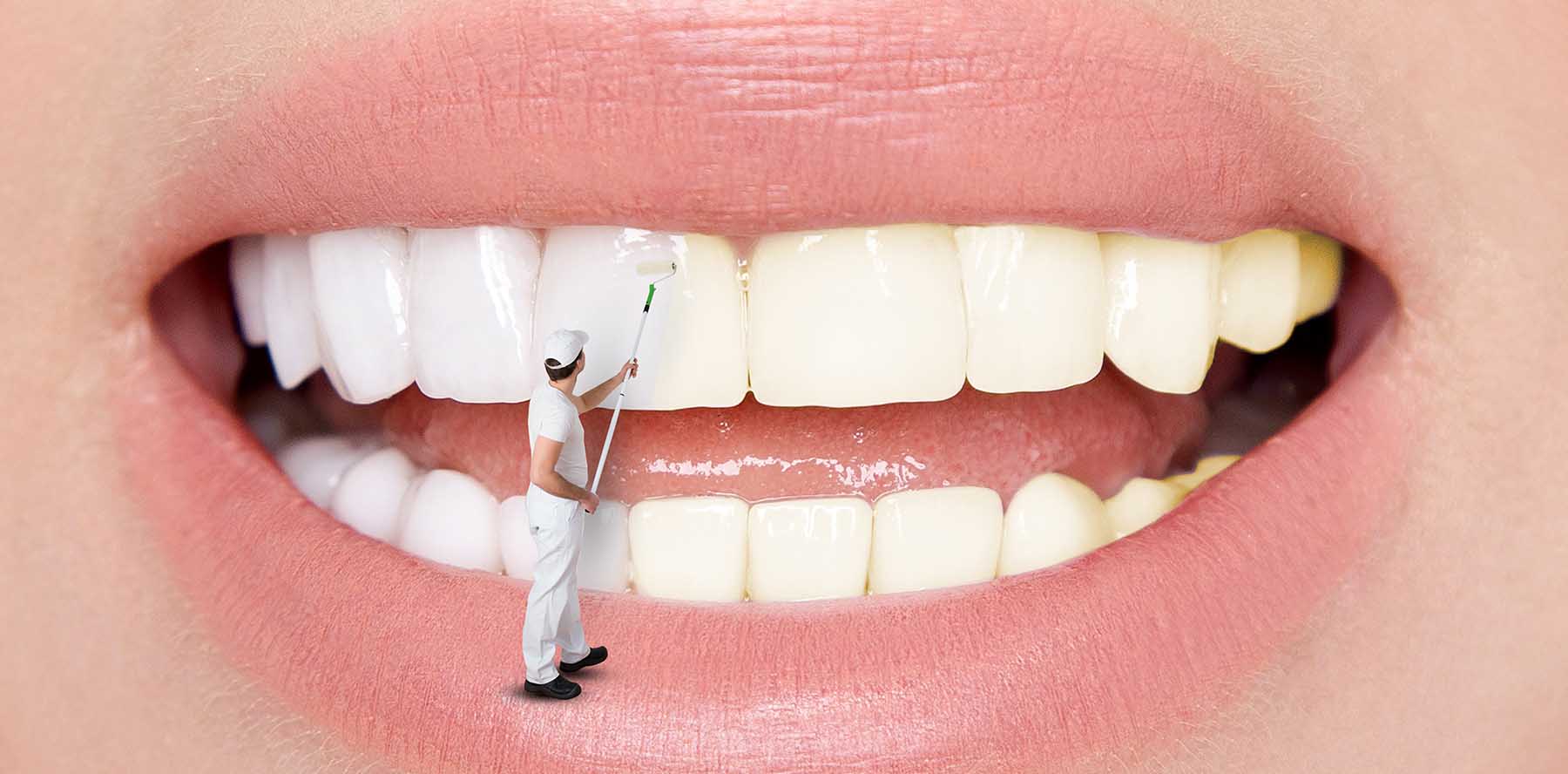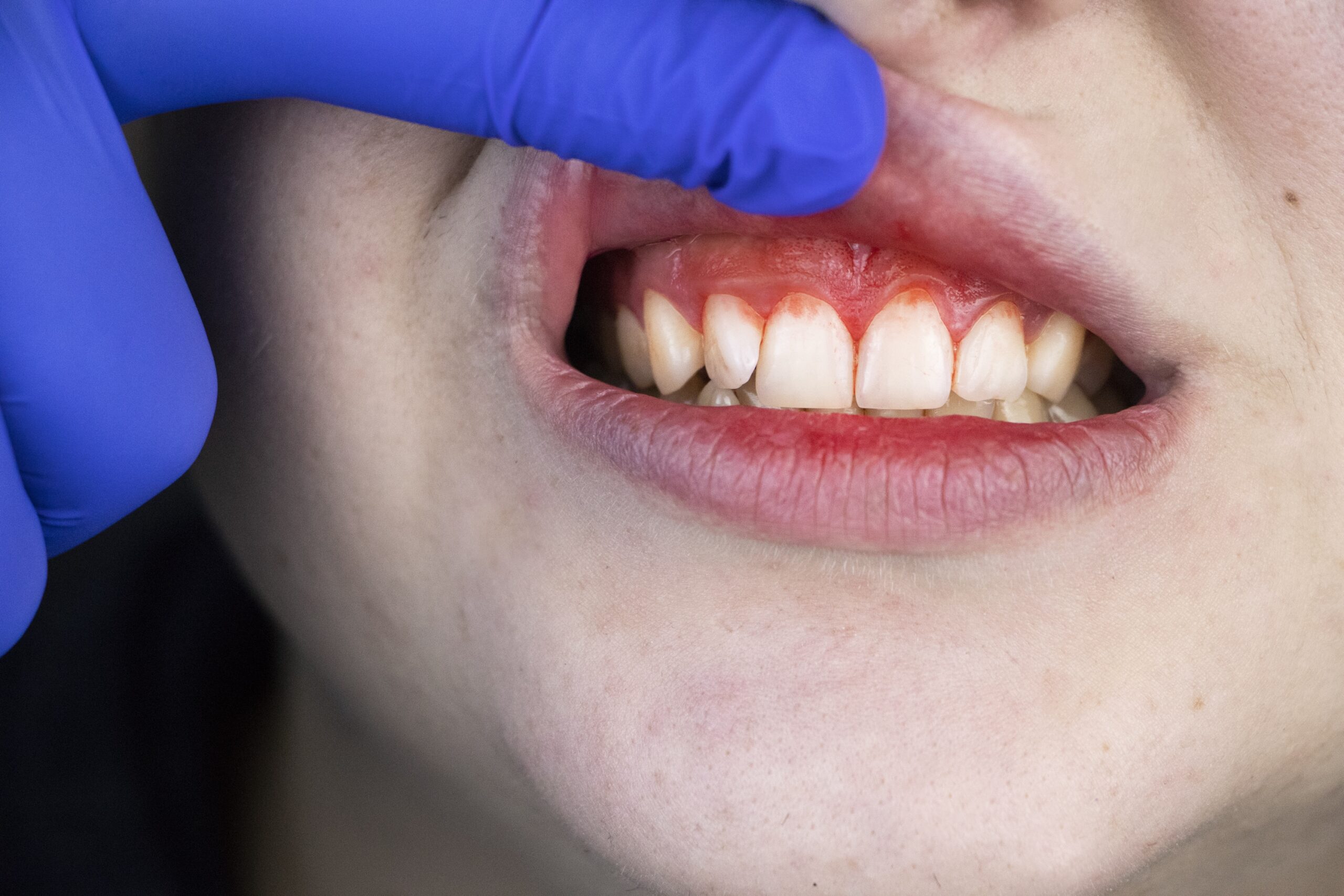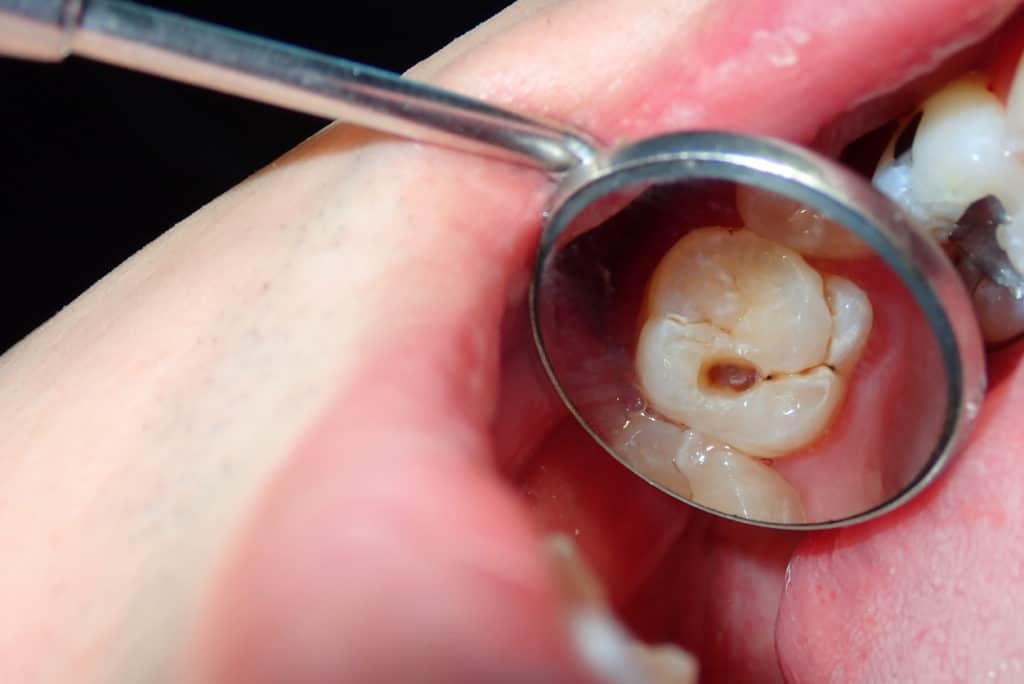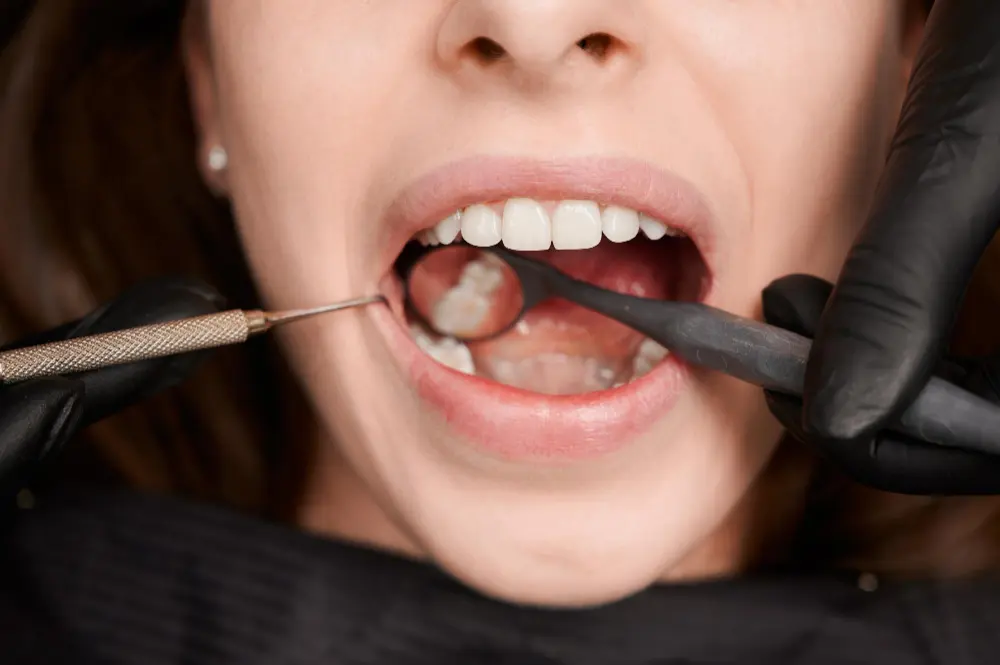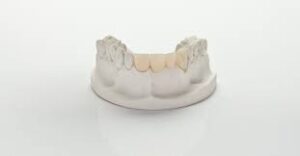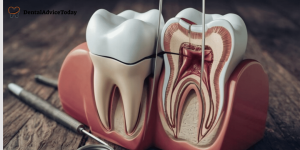You feel a sharp pain in your tooth. Swelling builds up fast. Your dentist checks it out. It turned out to be a dental abscess. Billing requires the correct ICD-10 code. This blog explores dental abscess ICD-10 codes. It aids US dentists, hygienists, and patients in understanding these codes. Right coding makes insurance claims easy. Maintain clear treatment records. You look up “dental abscess ICD 10” or “ICD 10 code for dental abscess”? This spot helps. We discuss unspecified cases, infections without abscess, pregnancy situations, and extra topics. We dive in for straightforward advice. Read more on Dental Advice Today.
What is a Dental Abscess?
A dental abscess forms as a pus-filled pocket due to bacteria in your tooth or gums. It causes intense pain and needs fast treatment. US dentists see this often in daily practice.
- A dental abscess is an accumulation of pus in the tooth or gum as a result of bacteria. Bacteria permeate through cracks or decay. Pus builds up and pressures nerves.
- Types include periapical at the tooth root, periodontal in the gums, and pericoronitis around wisdom teeth. Periapical hits the root tip. Periodontal disease affects gum pockets. Pericoronitis traps food under gum flaps.
- Symptoms include throbbing pain, swelling in the face or gums, fever, bad breath, and sensitivity to hot or cold. Pain worsens when you bite down. The swelling can extend to the neck or jaw.
- Orthodontic causes encompass bad oral health, cavities without treatment, tooth injuries, or incorrect tooth surgery. Eating foods high in sugar can speed up bacterial growth and decay. Brushing skips can let bacteria grow.
- Basic treatment includes drainage to debride pus, antibiotics to combat infection, a root canal to retain the tooth, or extraction in severe cases. Pain relievers are also frequently prescribed by dentists. Follow-up checks ensure healing.
- Dentists use ICD-10 for dental abscess to document and bill accurately in the US. Codes help track cases for insurance like Delta Dental or Medicare.
- Imagine that sharp pain keeping you up at night – that’s often an abscess. It signals that your body is fighting an infection. Quick visits prevent worse issues like spread to the blood.
Understanding ICD-10 Codes in Dentistry
ICD is used to standardize diagnosis across the world. In the US, it manages healthcare billing. Dental experts apply it for claims on infections that impact general health. It ensures precise records.
- ICD-10 is the International Classification of Diseases, 10th Revision. It standardizes diagnosis worldwide. In the US, CMS mandates it for healthcare billing.
- Dental offices use it for medical claims, especially with infections affecting overall health. Tooth issues are sometimes linked to heart or diabetes problems.
- Codes start with letters like K for digestive, which includes oral. Subcodes add details. For example, K04 covers pulp and periapical diseases.
- It differs from ICD-9 with more specifics, up to 7 characters. ICD-9 had fewer options. Now, codes pinpoint exact conditions better.
- Wrong code causes claim denials. In the case of ICD-10 dental abscess, refer to K04-K05. Check with the most recent guidelines to prevent mistakes.
- Being a busy dentist, you pick up the code and concentrate on patient treatment. Software tools help search for codes fast during visits.
- US practices must comply with HIPAA. Accurate coding avoids audits. It also helps in research on dental health trends.
- Training staff on ICD-10 boosts efficiency. Workshops or online courses teach updates. This keeps your office running smoothly.
Key ICD-10 Codes for Dental Abscess
These codes sit under K04 for periapical problems and K05 for gingival ones. They assist in billing and recording dental abscess cases in US offices. Specificity matters for reimbursement.
ICD-10 Code for Dental Abscess Unspecified
- Code: K04.7 – Periapical abscess without sinus.
Use it for a general tooth root abscess with no extra details. It fits when no sinus tract shows up. - Example: Patient shows pus at the tooth base, no sinus tract. X-rays confirm root infection. Code this for basic cases.
Pair with procedure codes for insurance billing. Add a site like right molar if needed. This helps claims go through faster. - Common mistake: Using it for gum abscesses. Stick to root issues only. Check notes for accuracy.
- In the US, Medicare requires this for older patients. Document symptoms clearly in records.
ICD-10 Code for Dental Infection Without Abscess
- Code: K04.5 – Chronic apical periodontitis. It covers infection signs like redness or swelling, but no pus pocket. Inflammation builds at the root tip. Use for early gum infection that needs antibiotics, with no drainage. The patient complains of a dull ache without swelling.
- Example: Decay reaches pulp, but no abscess has formed yet. Treat with a root canal to stop the spread. Differentiate from abscess: No pus means no K04.7. Always examine thoroughly.
- Tips: Monitor with follow-ups. Untreated leads to an abscess later.
Dental Abscess in Pregnancy ICD-10
- Code: O99.61 – Diseases of the digestive system complicating pregnancy, plus K04.7. Pregnant patients need careful coding for prenatal claims. Consult OB for combos. Oral health affects pregnancy outcomes. Abscess risks affect the baby. Prompt treatment matters. Hormones make gums more prone to issues.
- Example: Expecting mom to have a swollen tooth. Use combo codes for full billing. Safe antibiotics protect both. US guidelines stress dental care in pregnancy. Screen at prenatal visits. Avoid X-rays if possible.
- Advice: Eat healthy, brush gently. See a dentist early in pregnancy.
ICD-10 Code for Dental Abscess with Facial Cellulitis
- Code: K04.7 + L03.211 – Cellulitis of face. It describes an abscess that spreads to the cheek or jaw, with red, hot swelling. Infection moves beyond the tooth. This shows severe infection. Hospitalize if needed. Watch for breathing issues. Use both codes for full records. Document spread in notes. Insurers need details.
- Example: Patient’s face swells overnight. Drain the abscess and give IV antibiotics.
- Prevention: Treat early abscesses. Good hygiene stops the spread.
Acute Dental Abscess ICD-10
- Code: K04.4 – Acute apical periodontitis. It focuses on a sudden onset with intense pain. Pulp inflames quickly. Use when pain starts fast after trauma or decay. Differs from chronic.
- Example: Biting hard food triggers sharp pain. The X-ray shows early infection.
- Treat urgently to avoid abscess formation.
History of Dental Abscess ICD-10
- Code: Z86.19 – Personal history of other infectious and parasitic diseases. Use for follow-up visits with no active infection. Tracks past issues.
- Example: A patient had an abscess last year. Now checks for recurrence. Important for insurance history. Note dates in records.
- Always check the latest CMS updates. Specificity boosts reimbursement. Use tools like encoders for help. Train on changes yearly.
Incision and Drainage of Dental Abscess: Related ICD-10 Coding
This procedure relieves abscess pressure. Diagnosis code leads billing. Pair with CDT or CPT for US claims. It removes pus and eases pain.
- Procedure code: CDT D7510 for simple I&D, but ICD-10 diagnosis is K04.7.
- For “ICD-10 code for incision and drainage of dental abscess”: Diagnosis leads – use abscess code. The procedure is separate.
- Document site and severity. Bill with CPT 10060 if medical. Note anesthesia used.
- Steps: Numb the area, cut to drain, clean with saline. Pack if needed. Follow with antibiotics.
- Aftercare: Rinse with salt water. Avoid hard foods. Return if pain worsens.
- US dentists do this in the office. Severe cases go to the hospital.
Why Accurate ICD-10 Coding Matters for US Dental Practices
Correct codes stop billing troubles in US dentistry. They ensure compliance and track care. It skips headaches for pros and patients. Good coding builds trust.
- Insurers like Delta Dental or Medicare reject vague codes. Specific ones get paid faster. Avoid resubmissions.
- HIPAA and audits demand precision. Wrong codes risk fines. Keep records clean.
- Codes track treatment history for better patient care—spot patterns in infections.
Advice: Train staff and use software like Dentrix. Update codes annually. Join dental associations for tips.
Benefits: Smooth operations, happy patients. Less time on paperwork, more on care.
Challenges: Codes change. Stay informed via the CMS site. Practice with scenarios.
Conclusion
We explore key ICD-10 codes for dental abscess. From unspecified pregnancy cases, learn the basics. We add tips on procedures and importance. Bookmark this guide. Proper coding keeps practices smooth and patients happy. Check Dental Advice Today for more.
FAQs
Q. What is the ICD-10 code for a Dental Abscess?
K04.7 covers periapical abscess without sinus. It fits most tooth root cases. Check if the sinus tract exists for K04.6 instead. Always document symptoms for accurate billing in US practices.
Q. How do I code a dental infection without an Abscess in ICD-10?
Use K04.5 for chronic apical periodontitis. It handles inflammation without pus. Focus on symptoms like dull pain. Differentiate from abscess codes. Consult guidelines for early infections.
Q. What is the dental abscess in pregnancy ICD-10 code?
Combine O99.61 with K04.7. It notes digestive issues in pregnancy. Urgent care protects mom and baby. Hormones increase risks. See the dentist and OB together for safe treatment.
Q. What ICD-10 code applies to a Dental Abscess with facial Cellulitis?
Try K04.7 plus L03.211. This pair shows infection spread to the face. Treat it quickly with drainage and antibiotics. Hospitalize if swelling affects breathing—document fully for claims.
Q. What is the acute Dental Abscess ICD-10 Code?
K04.4 works for acute apical periodontitis. It marks sudden, painful infections from the pulp. Use when pain starts quickly. Follow with drainage. Monitor to prevent chronic issues.
